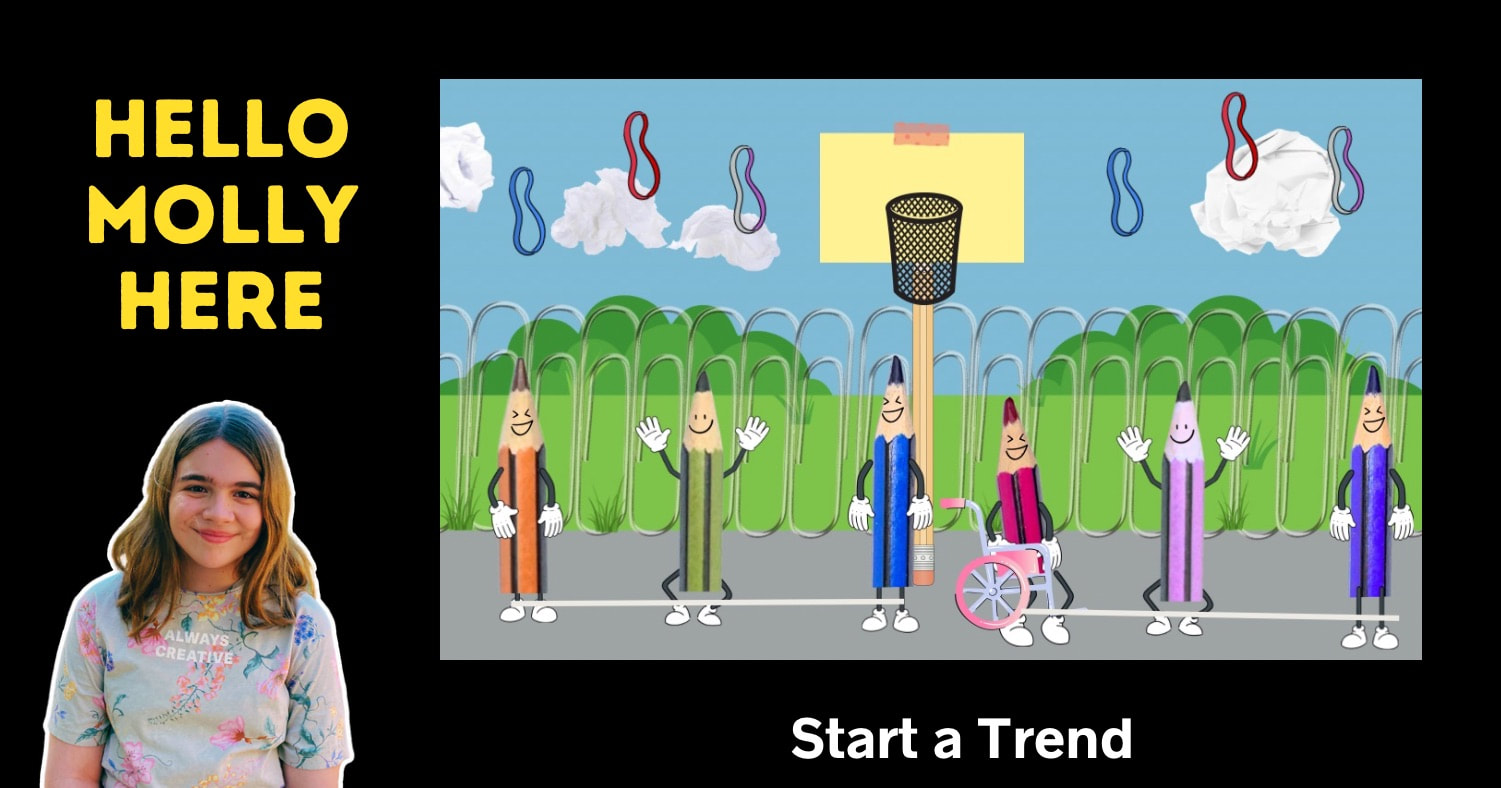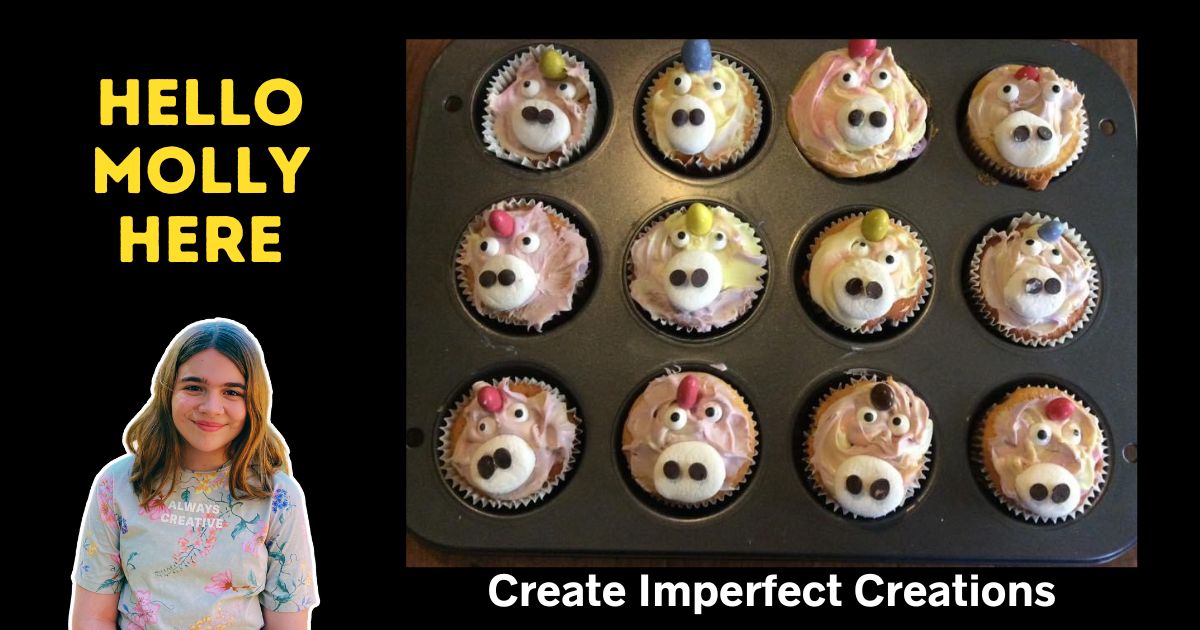|
In our recent community presentations, Molly and I discussed several key academic and creative works that inform and inspire our initiatives at U Shape Us. For those who wish to explore these concepts further, we've compiled a comprehensive list of these references. Each work contributes to our understanding of belonging, creativity, and active participation, providing valuable insights that shape our approach to fostering belonging through creativity.
Understanding and countering hate Geddes, L. (2009, March 18). Schools may accidentally create teen killers. New Scientist. Harris, L. T., & Fiske, S. T. (2007). Dehumanizing the lowest of the low: Neuroimaging responses to extreme out-groups. Psychological Science, 17(10), 847-853. Kahn, D (2018) White Right Meeting the Enemy - documentary Kohn, S. (2019) The Opposite of Hate : A Field Guide to Repairing our Humanity. Kohn, Sally (2018) What we can do about the culture of hate, TED Talk Wheeler, M. Fiske. S (2005) Controlling Racial Prejudice: Social-Cognitive Goals Affect Amygdala and Stereotype Activation, Psychological Science. 16(1):56-63, Blackwell Publishing Wike, T., & Fraser, M. (2009). Review of studies on shooting incidents and school aggression. Aggression and Violent Behavior, DOI: 10.1016/j.avb.2009.01.005. Belonging Allen, K., Kern, M. L., Vella-Brodrick, D., Hattie, J., & Waters, L. (2016). What Schools Need to Know About Fostering School Belonging: a Meta-analysis. Springer Science+Business Media New York. Cherry, K. (2023). A Comprehensive Guide to the Bronfenbrenner Ecological Model. McKay, H. (2018). Australia Reimagined: Towards a More Compassionate, Less Anxious Society. Pan Macmillan Australia. McKay, H. (2021). The Kindness Revolution. Pan Macmillan Australia Creativity Form, S. Kaernbach C., (2018). More Is not Always Better: The Differentiated Influence of Empathy on Different Magnitudes of Creativity. Michalko, M. (2006). Thinkertoys: A Handbook of Creative-Thinking Techniques (2nd ed.). Ten Speed Press. Yamada, K., & Besom, M. (2014). What Do You Do with an Idea? Compendium, Inc. Active Participation Hart, R. A. (1992). Children’s participation: From tokenism to citizenship. Florence, Italy: United Nations Children’s Fund International Child Development Centre. Hart, R. A. (2008). Stepping back from ‘the ladder’: Reflections on a model of participatory work with children. In Participation and Learning: Perspectives on education and the environment, health and sustainability (pp. 19–31). Netherlands: Springer. Norton, M. I., Mochon, D., & Ariely, D. (2012). The IKEA effect: When labor leads to love. Journal of Consumer Psychology, 22(3), 453-460. Thompson, L. L. (2011). Making the Team: A Guide for Managers (4th ed.). Upper Saddle River, NJ: Prentice Hall. This work refers to the Uneven Communication Effect
0 Comments
Hello Molly here
Elastics is a game where you have a long tied piece of elastic and you put it around two people's ankles, and a third person jumps over the elastic in a certain pattern. It then gets harder as you move the elastics upwards from people’s ankles, knees, thighs, hips, belly button and then underarms. You can watch this video on how to play elastics. The elastics game started in China in the 7th century. It was called Chinese Jump Rope. It has been popular for a long time - it used to be my mum’s and my nanna’s favourite game at school. It is in a lot of countries where it has different names - it's called elastics in Australia, New Zealand and Great Britain, Yoki in Canada, Rek in South Africa, Gummitwist in Germany and Jeu De L'Elastique in France. But why am I talking to you about elastics? Because it's the start of the U Shape Us story. When I was six, some kids said I couldn't play with them. I felt too shy to make new friends. So me and my mum made a simple game to think of ways to make new friends. This was the first ever version of U Shape Us. One of our ideas was to take an elastic to school and ask kids to play with me. So I took an elastic and guess what? I had kids to play with! You never know what happened next, other kids started bringing elastics and the school invested in elastics! I had started a trend. Elastics made me feel really happy as I got to be outside instead of staying indoors doing nothing and playing with people instead of being alone. I think it's popular because it is super easy and includes catchy rhymes and everyone got a go. It can help you make friends and you can imagine new rhymes for other people and you to do. Our game U Shape Us gets players to think about connection ideas using four cards - invent, person, place, thing. One of the Thing cards includes an image of elastics. So when you play our game you can imagine different and new ways to play with elastics. If you play your idea with others, you might even start your own trend. The best way to start a trend at school is to take something simple like elastics, tell your friends how to play and invite other kids to play. But please don’t force or bribe other people to play with you and just be patient. It's not a competition on who makes the best trend. But now I have a question for you. I started a trend at my school but can you start one at your school, work or club to make new friends or meet new people? It doesn't take alot to start a trend, just bring in something like elastics! Always remember, you shape us. Molly Hello Molly here I am 11 years old and I created U Shape Us with my mum. I wanted to share what I think about creativity. I think creativity is important for kids because it helps them grow their knowledge. Being creative makes me feel happy because it fun to be creative Sometimes things stop kids from being creative. This includes being self conscious/ thinking what other people might think (which is mostly not true, it's just your thoughts) and just not giving it a go. To kids who feel this way I want to say no one is perfect at everything and as long as you try and give it a go and not let your thoughts get in the way you will surprise yourself. You might think you're not good at being creative but if you don't say that to yourself then you will be better than what you thought. Also you can change your thoughts with one three letter word. Do you know what it is? YET, yes the word yet can change something bad into something good, like i'm not good at art YET or i’m not good at dancing YET. Sometimes people are gifted at creativity and you might look at something they have done and try to be ‘better’ than them. If you feel this way I want to say again no one is perfect and some people might just be more experienced than you. I have a friend and she is amazing at drawing, me not so much and I'm a good swimmer, her not so much but i don't think i need to be amazing at drawing and she doesn't need to be good at swimming, no one is better or worse we are just good at different things . Creativity is not just about art. Creativity can be about dancing, making something (like an object, game or music), writing a book or play, acting and more. I like to make music and write short stories. I think it is important for kids to show their imaginative side because everyone can imagine things together instead of one person on their own. U Shape Us is a fun, enjoyable card game that helps kids to be creative. The game encourages players to imagine fun activities and share these ideas with others, you also draw these ideas (NON PERFECT IDEAS). U Shape Us is a game for people aged 5 and up. It’s perfect to help make new friends or break the ice towards new people. Playing U Shape Us makes me feel good because I like to show my imaginative side, I like sharing my ideas with others and hearing other people's ideas. Let's create imperfect creations. Molly. PS. Me and my mum are selling our game through a crowdfunding campaign from 22 October to 20 November 2023. You can support our campaign by liking our facebook page or subscribe here for email updates. www.ushapeus.com.au
Hello and welcome! If you're as passionate about fostering belonging, creativity, and inclusion as we are, you're in the right place. This blog is an extension of our mission: nurturing the creative spark in children to reimagine 'us.'
Here, we'll share 100 impactful ideas that have shaped the very essence of 'U Shape Us.' We're excited to explore topics close to our hearts, from creativity and empathy to reducing bias and fostering inclusion. In this space, we'll also be drawing upon wisdom from TED Talks, academic journals, books, and life-changing conversations and personal experience to enrich our collective understanding of belonging and what it means to truly connect. But it's not just about us; we want to hear from you too! Your stories, your experiences, and your insights are what truly shape us. So feel free to leave comments, ask questions, and become an active part of our community. We'll also keep you in the loop with all the latest news and updates about 'U Shape Us,' including the game, resources, and much more. Stay tuned! |
|
🔗 Connect with Us
Email: [email protected] Facebook: facebook/ushapeus22 Connect with me on Linkedin You can buy U Shape Us at this link or from the Markets Wanniassa (ACT) 📍 We're Canberra-based, but our reach is global 🤝 Founded By: The mother-daughter duo, Fiona and Molly McIntosh 💡 Our Mission: To increase children sense of belonging through creativity We acknowledge the Ngunnawal and Ngambri people, Traditional Custodians of the land on which we live, learn and work. We pay our respects to their Elders, past and present. |
Copyright © 2023 | Fiona McIntosh | ABN: 12 955 363 996 | U Shape Us | All Rights Reserved
Privacy Policy | Terms and Conditions | Website Disclaimer
Privacy Policy | Terms and Conditions | Website Disclaimer
Site powered by Weebly. Managed by CheaperDomains.com.au


